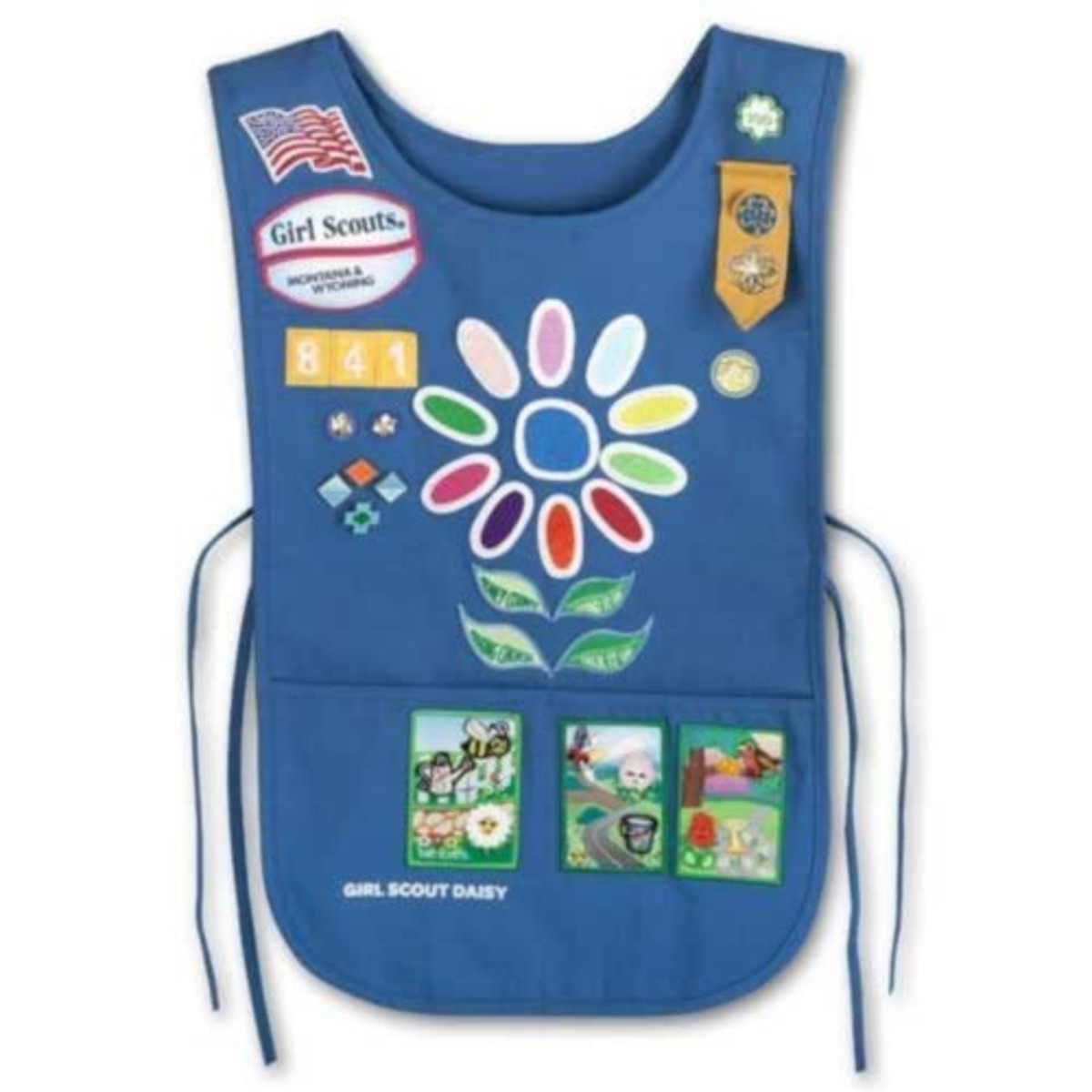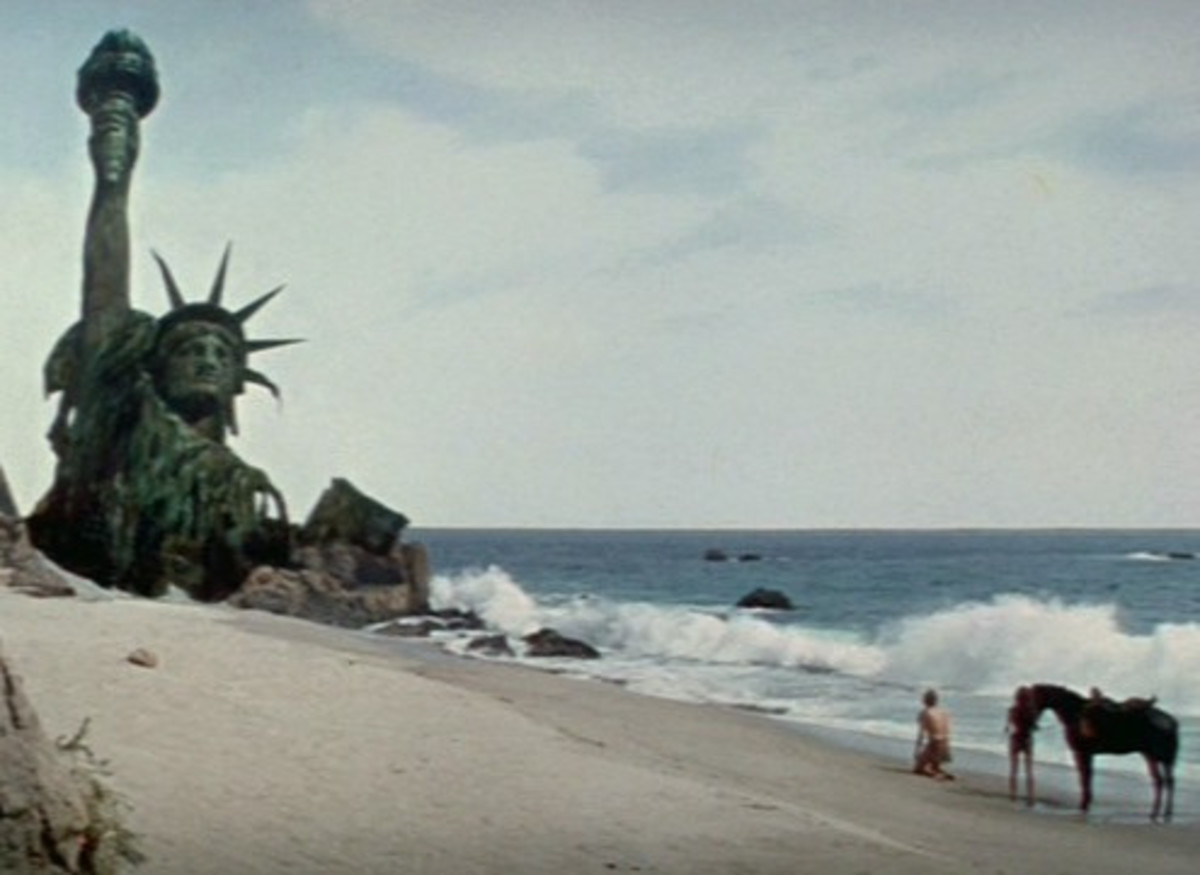Centenarians of 2012
This year, 2012, we observe the 100th anniversary of four distinct, iconic components of our society. On March 6, the Oreo cookie turned 100. On March 12, the Girl Scouts of the United States of America turned 100. April 14th was the dire centennial of the sinking of the Royal Mail Steamer (RMS) Titanic, and on April 20th, Fenway Park, home of the Boston Red Sox baseball team, celebrated 100 years of existence.
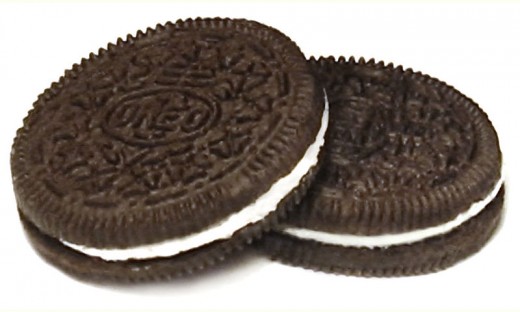
The Oreo Cookie
The National Biscuit Company (Nabisco) created the Oreo to compete with Sunshine Company’s Hydrox cookie. Its original design contained the name on the biscuits surrounded by a wreath and a white crème filling in the middle. That changed in 1924 with lemon crème filling. But it did not last long. Since then, there have been numerous changes in name and design, and the introduction of a host of new flavors. Some of the changes were made for specific events and certain countries.
In 1948, the cookie was called Oreo Crème Sandwich. In 1952, William A. Turner redesigned it to include the Nabisco logo. In 1974, the name was changed to Oreo Chocolate Sandwich Cookie. In 1975, they created the Double Stuf Oreo with twice the amount of crème filling. In 1976, a football-shaped Oreo was featured. In 1984, it was Big Stuf Oreo which was quite larger than the normal size cookie. In 1991, they had the bite-sized Mini Oreo and the Halloween Oreo later that year. 2006, the crème filling increased 3-fold, but was not marketed nationally. The health conscious was also considered when the company replaced trans fat with non-hydrated vegetable oil that same year. In 2010, there was the promotional cookie, Red Crème Oreo for the movie, How To Train Your Dragon. In 2012, they gave us the limited edition Birthday Cake Oreo for the 100th anniversary. Regarding countries, Nabisco made Oreos with green tea filling for Japan and China, orange ice cream for Indonesia, and dulce de leche for Argentina and Chile.
With 362 billion cookies sold to date, Oreo became the best selling cookie of the 21st century. It is used as an ingredient in many of our recipes both homemade and commercially. We can add it to our own baked goods and smoothies or purchase products such as Jell-O’s Oreo Instant Pudding and Dairy Queen’s Oreo Blizzard. Since stepping under the umbrella of Kraft Foods, the cookie has been marketed cleverly in all forms of media with sports celebrities and other well-known figures playing a game the company created called Double Stuf Racing League. It began in 2008 prior to the Super Bowl with football’s Manning brothers, Eli and Payton. And let’s not forget the ongoing discussion on the numerous ways to eat an Oreo.
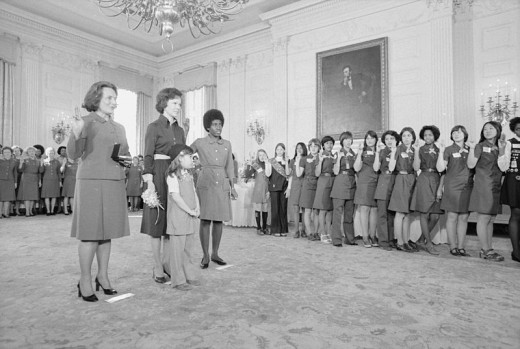
Girl Scouts of the United States of America
The Girl Scouts of the United States of America was formed to empower young women by arming them with attributes such as respect for self, others, and country, courage, confidence, justice, and other life skills through outdoor activities as camping and hiking, community service, and entrepreneurship. It was founded by Georgia native and socialite, Juliette Gordon Low in 1912. Considered a modern woman of her time, it was speculated that her strong, independent nature was due to two factors: her impending deafness and her British husband William’s infidelity. She even went so far as to file for divorce, but he died before it was finalized.
Low started her organization in Savannah, Georgia with 18 young girls and patterned it after a similar British organization for boys. Her dear friend Sir Robert Baden-Powell was the creator of this organization called the Boy Scouts. He had a similar group for girls, but Low felt it did not do much to make them the strong, confident women she envisioned.
The original name of the Girl Scouts was Girl Guides of America. In 1913, it became Girl Scouts of the United States. That name was incorporated in 1915. The current name change occurred in 1947. When the organization began, it was for girls ages 10 to 18, but in 1938, they created three levels: Brownie for 7 to 10 year olds, Intermediate for 10 to 13 year olds, and Seniors for 14 to 18 year olds. The structure continued to evolve throughout the years, adding a new level, Daisy for 5 year olds in 1984, Ambassadors for 17 and 18 year olds, and adding the words Girl Scout before each level in 2008. Also, levels were no longer defined by age but by grade. Current divisions are: Girl Scouts Daisy (grades K-1), Girl Scouts Brownie (grades 2-3), Girl Scouts Junior (grades 4-5), Girl Scouts Cadette (grades 6-8), Girl Scouts Senior (grades9-10), and Girl Scouts Ambassador (grades 11-12).
The Girl Scouts of the United States of America has always been and continues to be a progressive organization unlike its American counterpart Boy Scouts. Its very first African –American girls troop was formed in 1917 and today, they show support for gay, lesbian, bisexual, and transgendered youth. The current CEO/ Chief Executive Officer of the two million plus (not including adults) organization is Anna Maria Chavez. Its national headquarters is in New York City and has been since 1916. The Girl Scouts motto is “Be prepared.” Their slogan is “Do a Good Turn Daily.” Some famous girl scouts include current Secretary of State Hillary Clinton, former Secretary of State Condoleezza Rice, journalists Katie Couric and Lisa Ling, business mogul Martha Stewart, and singer Mariah Carey.
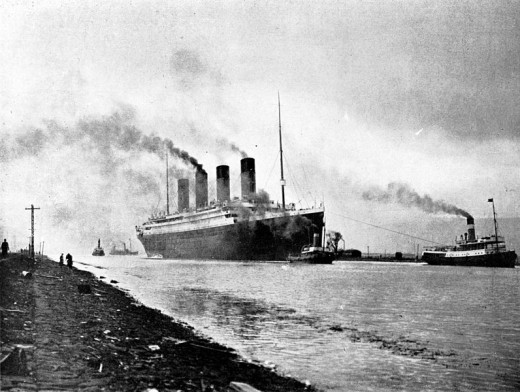
The RMS Titanic
The luxury liner RMS Titanic was touted as being unsinkable, but it found a watery grave after hitting an iceberg on its maiden voyage from England to New York City and took 1,522 lives with it. The steamship was the second of three constructed for White Star Liners by the Belfast, Ireland shipbuilding company, Harland & Wolff. It took three years and over seven million dollars to complete. It had 29 huge boilers to power two steam engines and 18 airtight compartments with steel doors that were supposed to close in 25 seconds to prevent flooding of the ship’s interior. The vessel was also equipped with 16 lifeboats and four collapsibles.
The Titanic set sail from Southampton. It picked up passengers in France and Ireland along the way for a total of 1,320. They included luminaries, celebrities, and industrialists. The wealthiest was John Jacob Astor, IV and his young, pregnant, second wife Madeleine Talmage Force and Macy’s owner Isador Straus and his wife Ida. There were also the owners of White Star Liners and Harland & Wolff, and a crew of 907 including the captain, Edward John Smith.
Certain events on board seem to foreshadow the ship’s impending doom. There was a coal fire in one of its bunkers and a near collision with the ship, S.S. New York. On that hazy, fateful night, a lookout spotted the iceberg near the coast of Newfoundland and sounded the alarm. Captain Smith shifted the vessel, but it struck the iceberg anyway, creating a rather large gash on a part of its hull beneath the ocean’s surface. Water had already engulfed the lower decks by the time Smith discovered the horror. The Titanic stayed afloat for three hours, but evacuation was said to be chaotic.
Lifeboats were not even filled before they were lowered into the Atlantic. It is believed that hypothermia caused by being in freezing waters took most of the lives of the non-survivors. That group included the elderly Strauss’ (he refused a seat in a lifeboat and wife Ida chose to remain with him) and John Astor. Cunard’s Liner the Carpathia was in the area and picked up the 705 survivors who were in lifeboats. Most of these people were first class passengers. Most of the perished were third class. The 1997 film of the incident titled Titanic was re-released in 3-D for the 100th anniversary.
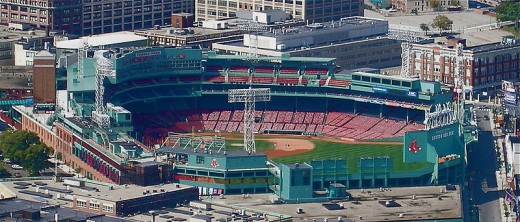
Fenway Park
Fenway Park has been the home of the Boston Red Sox since it opened. It is the oldest active ballpark in the Major Leagues. Fenway is actually the second home of the Red Sox. The team used to lease the Huntington Avenue Grounds until new owner, Charles Henry Taylor decided to build his own ballpark. Boston’s Fenway neighborhood was the chosen site so fittingly, the park was named for the area. Taylor, who owned the Boston Globe newspaper, actually bought the team for his son John. When the park opened, Mayor John F. Fitzgerald threw out the ceremonial first pitch. The game was played against the Highlanders with the Red Sox winning by one point.
Fenway has since undergone many changes. To cite a few, in 1933, new owner Tom Yawkey replaced some of the wooden seats in the left field bleachers, which were destroyed by fire in 1926, and added the 37 feet metal Green Monster. In 1940, bullpens were constructed in right field. Lights were installed in 1947. Diamond Vision was placed over center field bleachers in 1976. The glassed-enclosed seating behind home plate called the 600 club was created in 1988. Seats were added to the Green Monster for the 2003 season. From that year to April 17, 2012, every home game was sold out leading to a record 717 consecutive games.
In 1999, then CEO/ Chief Executive Officer, John Harrington revealed plans for a new stadium, but public outcry and poor negotiations with the city of Boston thwarted them. Fenway Park’s current owner is Fenway Sports Group. They also own the team. The park is leased for other sporting and non-sporting events. To mark this special anniversary, a new logo was created and on March 7, 2012, the ballpark became the latest addition to the National Register of Historic Places.
Resources
- Titanic Facts | History of The Titanic
- The Official Site of The Boston Red Sox | redsox.com: Homepage
Major League Baseball - Slate Magazine - Politics, Business, Technology, and the Arts - Slate Magazine
"The Girl Scouts Have Always Been Ahead of Their Time" - The New York Times - Breaking News, World News & Multimedia
"The Oreo Turns 100, with a Nod to the Past"

